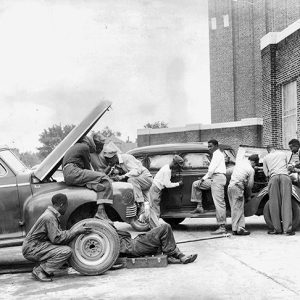 Dunbar High School Auto Mechanics Class
Dunbar High School Auto Mechanics Class
Entry Category: Arts
 Dunbar High School Auto Mechanics Class
Dunbar High School Auto Mechanics Class
 Dunbar Historic District Home
Dunbar Historic District Home
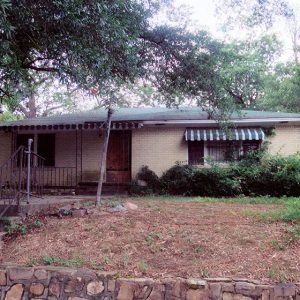 Dunbar Historic District Home
Dunbar Historic District Home
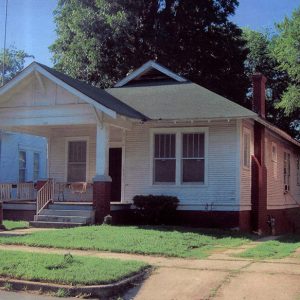 Dunbar Historic District Home
Dunbar Historic District Home
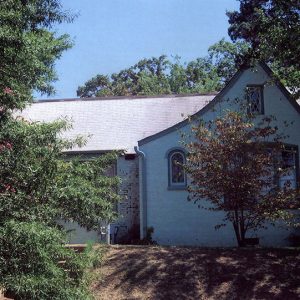 Dunbar Historic District Home
Dunbar Historic District Home
 Dunbar Historic District Home
Dunbar Historic District Home
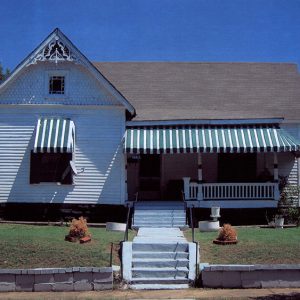 Dunbar Historic District Home
Dunbar Historic District Home
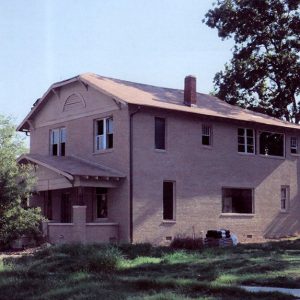 Dunbar Historic District Home
Dunbar Historic District Home
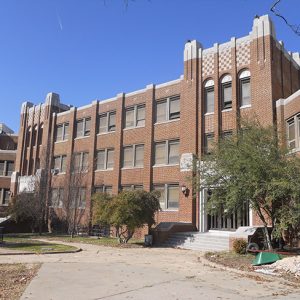 Dunbar Junior and Senior High School
Dunbar Junior and Senior High School
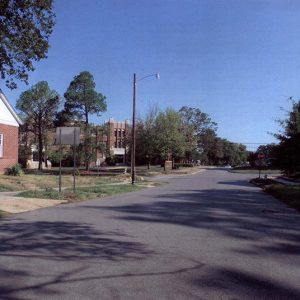 Dunbar School Neighborhood Historic District
Dunbar School Neighborhood Historic District
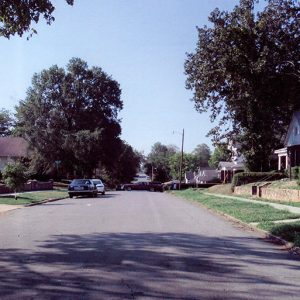 Dunbar School Neighborhood Historic District
Dunbar School Neighborhood Historic District
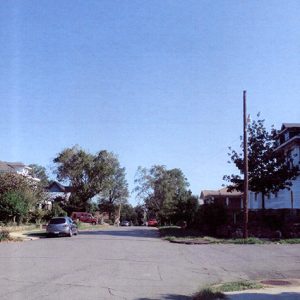 Dunbar School Neighborhood Historic District
Dunbar School Neighborhood Historic District
 Dunbar School Neighborhood Historic District
Dunbar School Neighborhood Historic District
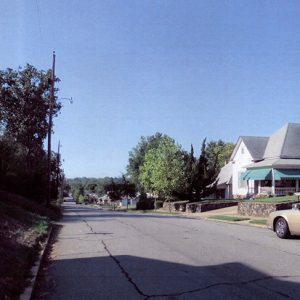 Dunbar School Neighborhood Historic District
Dunbar School Neighborhood Historic District
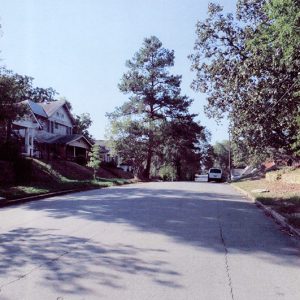 Dunbar School Neighborhood Historic District
Dunbar School Neighborhood Historic District
 Ronnie Dunn
Ronnie Dunn
Dunn, Ronnie Gene
 Dusenbury Grave
Dusenbury Grave
Dusenbury, Emma Hays
E. Fay and Gus Jones House
E&M Recording Company and My Records
aka: My Records
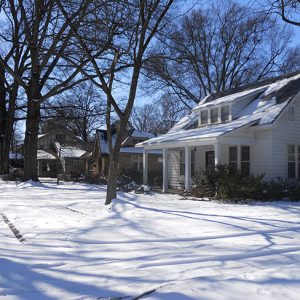 East Hamilton Avenue Historic District
East Hamilton Avenue Historic District
Ed Knight House
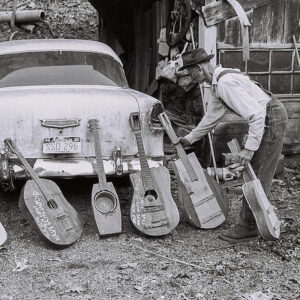 Ed Stilley
Ed Stilley
Eddie Mae Herron Center & Museum
aka: St. Mary’s AME Church (Pocahontas)
aka: Pocahontas Colored School
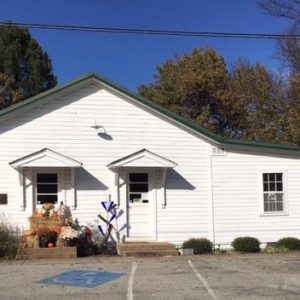 Eddie Mae Herron Center & Museum
Eddie Mae Herron Center & Museum
Eichenbaum, Howard Samuel
El Dorado High School Gym
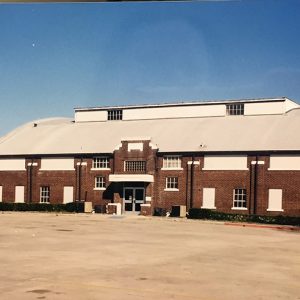 El Dorado High School Gym
El Dorado High School Gym
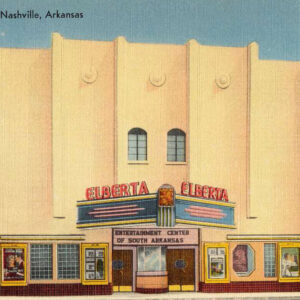 Elberta Theater
Elberta Theater
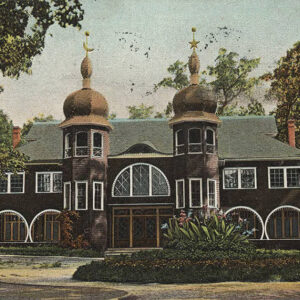 Electric Park Pavilion
Electric Park Pavilion
Elkhorn Tavern
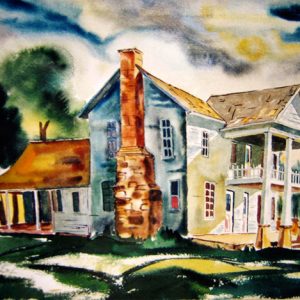 Elkhorn Tavern
Elkhorn Tavern
Elliott House
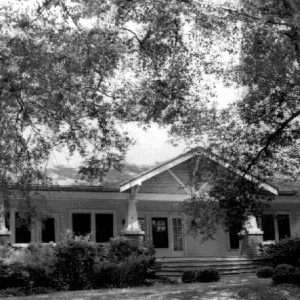 Elliott House
Elliott House
 Elliott House
Elliott House
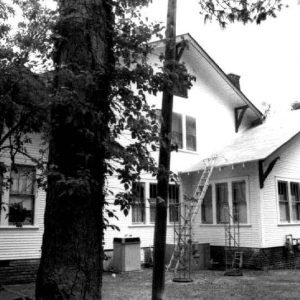 Elliott House Rear View
Elliott House Rear View
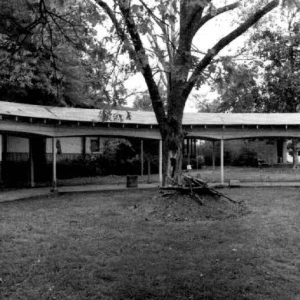 Elliott House Walkway
Elliott House Walkway
Ellis and Charlotte Williamson House
Elton and Betty White
aka: Elton White
aka: Betty White
 Embracing Wisdom II
Embracing Wisdom II
 End Hate Installation
End Hate Installation
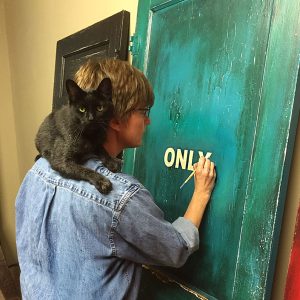 End Hate Process
End Hate Process
Endsley, Melvin
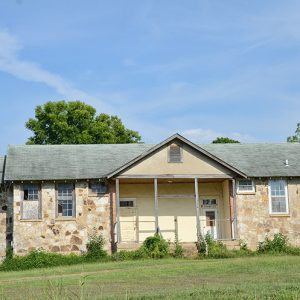 Eros School Building
Eros School Building
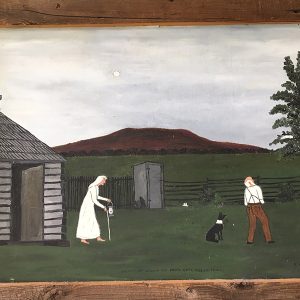 Essie Ward Painting
Essie Ward Painting
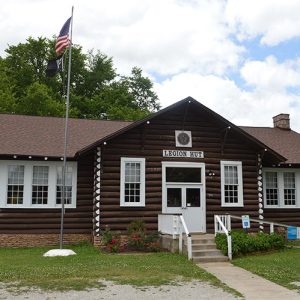 Estes-Williams American Legion Hut 61
Estes-Williams American Legion Hut 61
Estes-Williams American Legion Hut 61
 Estevan Hall
Estevan Hall




